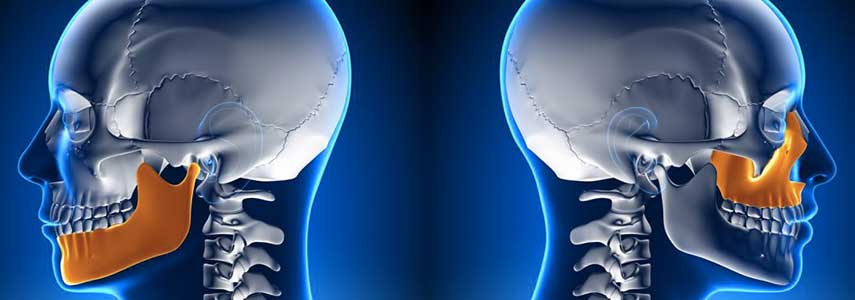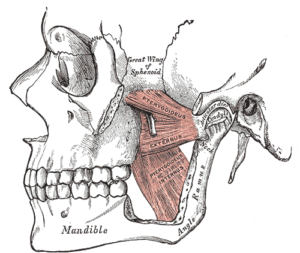The terms upper and lower jaw are often used interchangeably to indicate the bone structures of the mouth.
Mandible and maxilla: the differences
The confusion between the mandible and maxilla is probably due to the fact that the mandible is often called lower jaw, distinct from the upper jaw, both maxillary bones.
Each maxillary bone includes 16 teeth (overall each individual has 32 teeth), so the jaw and jaw, together with the teeth included in them, make up the two dental arches.
Mandible and maxilla, however, are not synonymous, are indeed different features and capabilities, such as we see.
The mandible
The jaw is the lower bone of the mouth, the lower teeth are included in it. Thanks to the temporomandibular joint to which it is connected, it is the only mobile bone of the face, it allows us to open and close the mouth and therefore to chew and speak.
How the jaw is made
The jaw is composed of a base, also called body, that is the part of bone positioned horizontally and two portions vertically, on the sides of the base, called branches.
The jaw follows the skeletal growth of the individual and, therefore, from birth to adulthood the size of the jaw varies with the growth.
The jaw
The jaw is the bone in which the upper teeth are included, unlike the jaw it is a fixed bone and traces the borders of the nasal cavities, the orbits and the oral cavity.
The correlation between teeth and jaw bones
Mandible and maxilla, being part of the dental arches, are closely related to dentistry: a problem with the jaw bone is often accompanied by a dental problem. Malocclusion and bone resorption are two pathologies involving both teeth and bones.
Malocclusion
The lack of alignment of the jaw and jaw, for example, is at the origin of the pathology called malocclusion. For a correct functionality in chewing and for the balance of the whole body it is in fact essential that the two arches are aligned to each other.
Malocclusion in fact, in addition to causing problems in chewing, involves collateral pathologies such as: incorrect posture, headache, back pain.
Bone resorption
In the absence of one or more teeth it occurs for both the maxillary bone resorption phenomenon.
Jaw and jaw, in the absence of dental elements, begin to thin making the right support for the mouth disappear. The thinning of the jaw bones affects the physiognomy of the face, the distance between nose and chin is shortened and the face seems suddenly aged.
The best solution to counteract bone resorption is to restore missing teeth through implantology. Procrastinating the intervention times can lead to a loss of bone thickness which will make the insertion of the implants more and more complex.
There are cases in which the bone atrophy of the jaw does not allow a classic immediate loading implant surgery. Under these conditions, a valid alternative is zygomatic implantology, that is, the possibility of inserting dental implants in the zygomatic bone.
The screws are anchored not on the jaw, but directly on the cheekbone, then the prosthesis is screwed in, as well as a normal immediate load implantology.



















